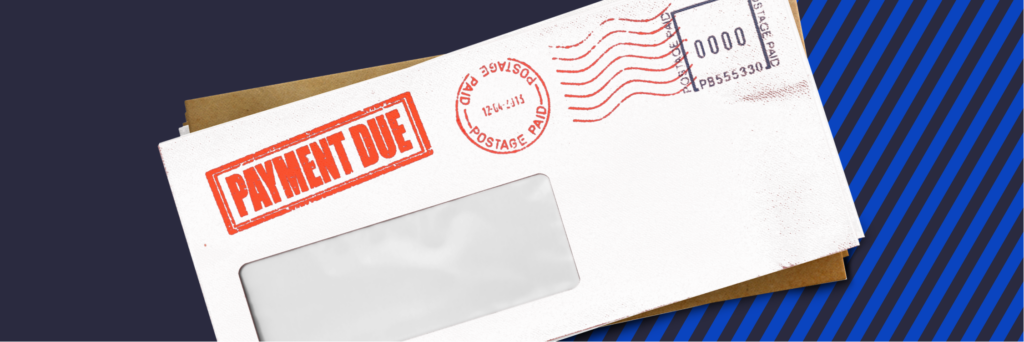Supermarkets are tricky places when you’re on a budget. On one hand, having everything you need in one place is a complete luxury and convenience. On the other hand, facing all those options can be a huge challenge when you’re trying to save money. In addition to being filled with everything you need – supermarkets also filled with everything you don’t need.
Food shopping is a necessity but it’s easy to get carried away with splurges and non-essentials.
And grocery stores do nothing to help you avoid overspending. Companies pinpoint specific ways to boost consumer spending and implement strategies to encourage impulse spending. From the smells to the placement of the products to the free samples — they want you to spend more and they know how to persuade you.
That’s why it’s important to have a few solid techniques to help you navigate the aisles without taking a huge bite out of your budget.
A few tips to help you stick within your grocery budget:
Experiment With Your Best Strategy
Grocery lists are useful only if lists fit with with your personal budgeting style. If you’re the kind of person who prefers to shop based on sale items, then sticking to a list might actually hold you back from savings. Conversely if sales usually cause you to add things you normally wouldn’t — then shopping based on sales probably isn’t the best strategy for you.
As you start out, experiment with a couple different types (lists, sale-driven, couponing, etc.) and decide which one works best for you. It takes some time to find the right one for you, so give yourself a bit of leeway over the first few trips. As long as you take the time to look at what worked and what didn’t work after each trip, you’ll eventually find your groove.
Assign a Function To Each Item
Planning out every single meal before you go shopping takes time and isn’t realistic for everyone. But wandering the aisles of a grocery store without at least some idea as to what you plan to do with your purchases can easily result in overspending.
For example: if you’re throwing items into your cart left and right without thinking about how you plan to make use them, you might up with a cart full of celery, cilantro, cauliflower, bagels and graham crackers. Usable, of course, but maybe not necessarily with nutritious meals in mind.
A way to avoid the aimless purchasing? Give your items a job! Before you put something into your basket, run through how you plan to use it. Each time you reach for something, instead of thinking to yourself “I need this,” ask yourself “why do I need this?” or “what do I plan to use this for specifically?” You might be surprised how those questions can refocus your choices.
Put Things Back Before You Check Out
Your shopping cart isn’t a black hole. Things you toss in on impulse can be retrieved and put back on the shelf. Before you line up at check-out take a last look into your basket or cart and put back the items that mysteriously jumped in there. The bag of chips you threw in even though you already have two bags at home? Back on the shelf. The three-for-one deal on licorice even though you know you won’t eat it all? Outta there.
You can do it! It actually feels good. Every item you put away represents money that will remain in your bank account.
Just a word of caution — don’t use the final lap as an opportunity to put even more into your basket!
Shop Less Frequently
There are two pulls for the frequency of shopping trips: bigger, more infrequent trips versus smaller, and more regular trips. While there’s definitely something to be said for buying less each time and visiting the grocery store more frequently as a way to avoid food waste — visiting the grocery store more frequently also exposes you to temptation spending more often.
Think back on the last time you went into a supermarket for just one thing. Did you really leave with just that one thing? If you have iron impulse control, then maybe. But the majority of shoppers end up buying one or two extras. Adding those one or two extra items to each frequent trips can really result in some serious added costs.
See if you can cut down on the number of trips you take to the store each month as an extra way to avoid temptation spending. It can also help you to use up the food you already have before adding even more to your pantry.
Trade Your List With a Buddy
This one is a bit more unique and definitely won’t work for everyone. But if you’re finding it tough to simply “stick to a list” consider adding some accountability to the equation. Let a friend shop for items on your list while you shop for items on theirs. Then swap carts before you check-out (you don’t want to pay for their champagne tastes if you’re on a tight budget) and know confidently that your basket reflects only the items on your list.
Choose someone you trust, ideally someone with similar views of food. After all, if you want a specific kind of apple and as far as they know there are only two kinds — red and green — you may not wind up with exactly your order. Specify as much as you care to. Want a specific brand? Write it down. It can also help you to plan out exactly what you want and help you to plan your meals.
Highlight Your Splurges
Maybe you only toss in one or two “extras” every shopping trip. Maybe it’s more like 15. To keep track of your spending visually separate your splurges from your planned items by using a brightly colored highlighter and highlighting all the extras on your receipt. By picking out these extra spending items, you can more easily see how far you strayed from the necessities.
You can also physically separate all your extras from your list items after each trip to get an idea of just how many extra items end up in your basket. For even more visual accountability, snap a picture with your phone.
Try Out Online Shopping Services
If you’re constantly going over budget and the lure of splurge is too great then take the supermarket out of the plan. Without the smells, the sights and the tastes (think along the lines of samples) to tempt you then you may be more successful in sticking closely to your grocery needs. Some supermarkets and services like Peapod offer grocery delivery which can get your groceries delivered directly to your front door for a small fee.
Staying on budget requires more than just putting on your blinders as you race down the aisles. It’s more about forming sustainable and reasonable skills to help you resist the urges to spend — even when overwhelmed with 40 different kinds of yogurt.




